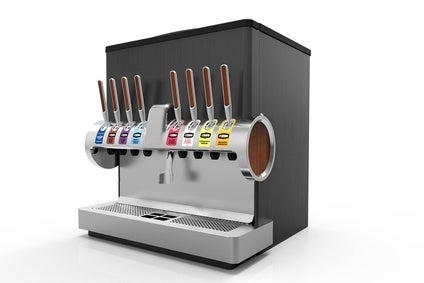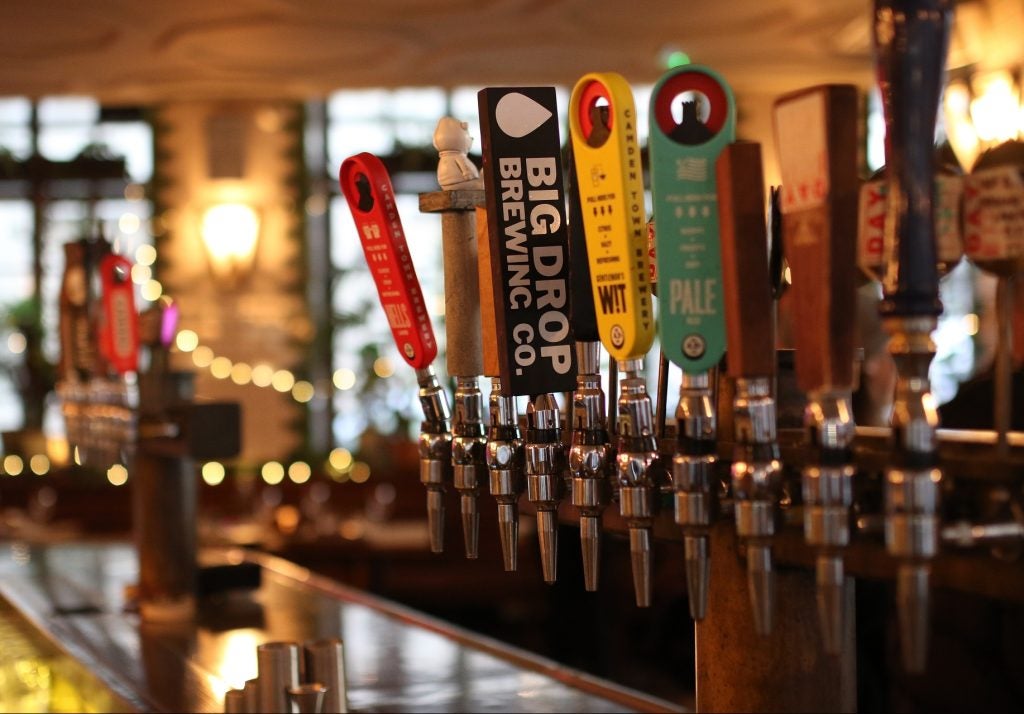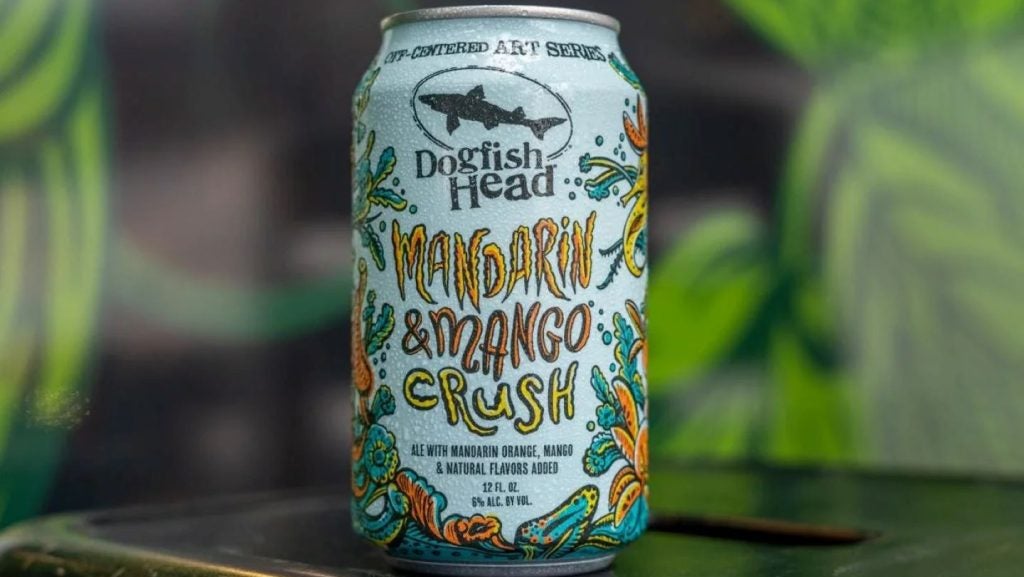
Ray Rowlands of Drinksinfo Ltd takes a crafty look at what PepsiCo is doing in its attempt to reverse the downward trend in the US soda market.
We all know that the soda market is going through a tough time. In the US health issues and product maturity are weighing particularly heavy. By 2014 the country’s soda market had been in decline for more than ten years and 2015 looks no more promising as consumers turn away from the category and continue to broaden their drinking repertoires.
Ironically, in a country cursed with exceptionally high obesity levels, it is low calorie sodas that seem to be suffering the most. Consumers are clearly dissatisfied with the negative tastes and taboos associated with diet drinks. Producers have been forced to rethink their market strategies. Solutions to these problems have ranged from the launch of low calorie products containing stevia, so as to avoid the stigma attached to artificial sweeteners, to portfolio diversification, in order to gain access to more vibrant categories, such as energy drinks.
PepsiCo ranks amongst the group of soda companies that believes that opportunities still exist within the category itself. The company appears highly conscious of the fact that a growing number of consumers are turning their backs on conventional soda brands and, as a result, is following an unconventional path to market recovery. The cola giant has recently announced plans to release a new US craft range, curiously called Stubborn Soda. The name evidently reflects the development team’s determination to "come up with flavour profiles we know consumers will love". Doesn’t quite gel for me, but what the heck, I’m not the one who spent US $718 million on research and development in the last fiscal year.
Stubborn Soda follows in the wake of similar PepsiCo small batch launches. Caleb’s Kola (kola nut) and Mountain Dew Dewshine (citrus) were introduced in the company’s North American homeland in late 2014 and early 2015 respectively. Their appearance was apparently to recapture the support of finicky elements of the millennial generation who have turned away from mainstream sodas. They will also, no doubt, appeal to an even broader audience of nostalgic consumers, people gravitating towards pure, natural ingredients plus those who generally shun big commercial brands.
See Also:
PepsiCo releases its Q2 results on 9 July. Click here to read our preview
How well do you really know your competitors?
Access the most comprehensive Company Profiles on the market, powered by GlobalData. Save hours of research. Gain competitive edge.

Thank you!
Your download email will arrive shortly
Not ready to buy yet? Download a free sample
We are confident about the unique quality of our Company Profiles. However, we want you to make the most beneficial decision for your business, so we offer a free sample that you can download by submitting the below form
By GlobalDataCaleb’s Kola, named after Caleb Bradham, the pharmacist who invented Pepsi, comes in an old style sleek glass bottle. Dewshine is also somewhat retro in appearance but has raised controversy because it comes in a clear, long-necked glass bottle, similar to craft beers. It also looks a bit like moonshine. The association with alcohol is reinforced by the fact that Mountain Dew was once a slang term for illicit whiskey, though Dewshine is definitely non-alcoholic.
Stubborn Soda, is somewhat different, it is only to be fountain dispensed, for one thing, and with more unconventional flavours like black cherry with tarragon, lemon berry acai, agave vanilla cream, orange hibiscus, and pineapple cream. This is quite a departure from PepsiCo’s main flavour offerings. Bearing in mind the company’s reliance on Pepsi and Mountain Dew, Drinksinfo Ltd estimates that around 90% of the company’s US soda sales come from these cola and citrus brands.
All three of its recent craft launches are high calorie in content. Clearly no acceptable solution has been found to the negativity surrounding artificial sweeteners and stevia, though natural, is not without its taste problems, due to an underlying bitterness. However, cane sugar is the adopted sweetener, rather than the high fructose corn syrup usually found in regular sodas. This is to give the drinks a healthier edge. And after all, Americans do still love their sugary drinks. Even though the US soda market is in decline, annual per capita intake of regular sweetened sodas is still around 100 litres per head.
Caleb’s Kola and Stubborn Soda are more akin to each other than Mountain Dew Dewshine. For one thing, neither have obvious PepsiCo-associated brand names. Like Caleb’s Kola, Stubborn Soda will use Fairtrade-certified cane sugar, thereby appealing to consumers with a social consciousness. It is not clear if this is the case with Dewshine. It has also been reported that, at some point, Caleb’s Kola will be loaded into Stubborn Soda dispensing machines.
Crazy though it may seem such small batch products do appear to make commercial sense. After all, craft beers are very much in vogue and a driving force in the US beer market. According to the
Brewers Association, the overall US beer market increased by just 0.5% in 2014 while craft beers leapt ahead by almost 18%. If it works for craft beer, why not craft soft drinks?
Consumer palates are constantly evolving and becoming ever more adventurous whilst, for a brand to succeed in a competitive market place, it must be both distinct and memorable. These PepsiCo products seem to fit the bill on all counts and may well win back lapsed soda drinkers. But a fact to bear in mind is that craft beers tend to be produced by small, independent brewers, not multi-nationals. It will be important for PepsiCo to maintain an image of premium authenticity with its craft sodas and not turn them into mass produced commodities.
And should PepsiCo be keeping its sights so close to home? Admittedly the US still represents around a fifth of global soda volume but demand here is in free fall. The Asian market, on the other hand, is in a state of continued growth and is actually attracting the majority of new volume joining the soda category. Moreover, the Asian palate craves new, exotic flavour combinations. Perhaps, one day soon, we will see Stubborn Soda making an appearance in China or India; still not sure about the name, though.





